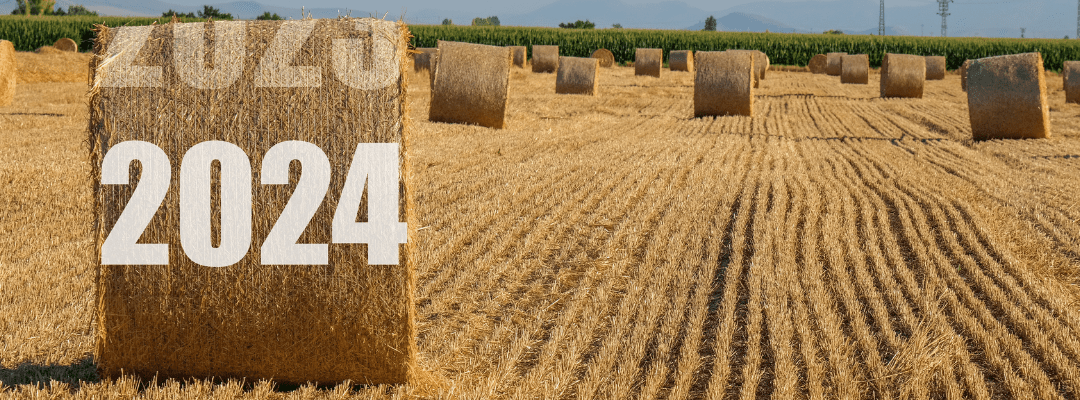The agricultural industry is on the cusp of major transformation. Technology continues to grow and evolve; changing how agronomic leaders collect data, make decisions, and analyze results. In 2023 alone, we’ve seen vertical farming, artificial intelligence, and precision agriculture powered by autonomous drones and robots take over the headlines.
What will 2024 have to offer? Check out our predictions on three 2024 ag trends below.
Precision Weed Management That Scales
Over the past decade and a half, precision agriculture – or the or the ability to observe, measure, and respond to temporal and spatial changes in key use cases, like crop growth – has grown in popularity as more growers and agronomists are finding immense value in leveraging digital technology tools to uncover essential insights to maximize yields and outcomes.
Weed management has been one focus area for precision agriculture tools. There are a number of great solutions available on the market today, promised to revolutionize how we detect, treat, and manage weeds throughout the seasons. However, these solutions are often challenged because of immense costs or being able to apply herbicide more accurately and faster than traditional methods.
With a drone-based precision weed management solution like Sentera’s Aerial WeedScout, this problem is solved. Advanced high-resolution aerial imaging and deep learning technologies make it possible to detect weeds faster, all while helping to reduce post-emergent herbicide use by up to 70% with 98% accuracy.
As the world continues to change due to shifting weather patterns and an increased demand for food productivity, scaling a precision weed management solution like Aerial WeedScout will be paramount to the world’s agronomic success.
Generative AI in Agriculture: Will it Prove Itself Valuable?
From Google Bard to Dall-E, generative artificial intelligence platforms stole the show in 2023. But, does it have a role in agriculture?
Time has shown us that artificial intelligence can be extremely valuable within agriculture, from self-operating tractors to deep learning platforms to help deliver plant-level measurements for deeper analysis for research and product developments.
Generative AI, of course, still needs to showcase how valuable it can be for agriculture, particularly for agronomic use cases. In 2024, this potential will be amplified – especially as we see how synthetic data generation will transform the insights that can be generated about a particular field, plant, or even weed species.
Earlier this year, Sentera’s Andrew Muehlfeld published a blog talking about the benefits of synthetic imagery in agronomy – highlighting how, in the case when there’s just a “little bit more data” required, synthetic data generation can give essential insight where it’s needed. It can help to inform machine learning models, training and tuning these models much faster than having to wait for the next season that has the required conditions.
The Quest for Sustainable Food Production
Food security is one of the biggest issues facing the world right now and is a driving force for a lot of the innovations we have seen in recent years and will continue to see in the future. By 2050, it is predicted that the population will hit 9.8 billion. This world population increase will require an increase in food production (estimated at nearly 70% between 2009 and 2050), but how will we do that with less land and resources available?
The continued development of innovative and sustainable solutions will be essential to meet this goal. While this has been done for many, many years, it will require an acceleration in development of key products that will maximize – and improve the quality – of yields.
It will also mean that research and product development must move faster to solve the world’s toughest agronomic problems, and this is where technology can play a key role. From technology-led data collection methods (like aerial imagery via drones) to machine learning platforms to generate essential insights, these technologies will continue to evolve and deliver the data and insights that are required to give visibility into how to solve these agronomic problems.
In addition, advancements like agronomic modeling will continue to drive data capture to inform past, present, and future agronomic decisions. From being able to predict yield or maturity dates to helping understand nutrient status to gauge the efficacy of biological products, agronomic modeling can unlock immense power by uncovering the “why” by building a model trained on the “what.”
From strides in research and development that maximize productivity and sustain unfavorable conditions to unconventional farming like indoor farming, leaders across the industry have introduced a variety of potential solutions to promote food security. And this momentum to maximize yields is not going to stop anytime soon.


